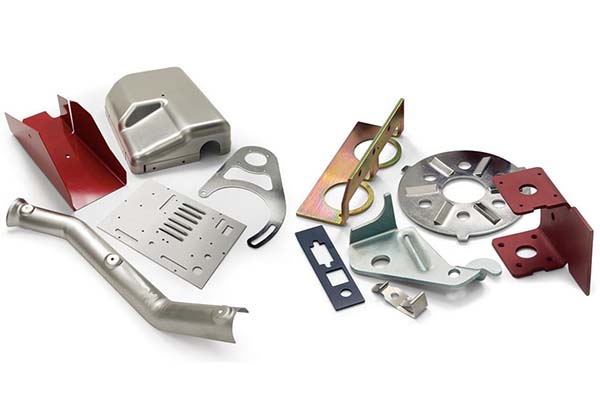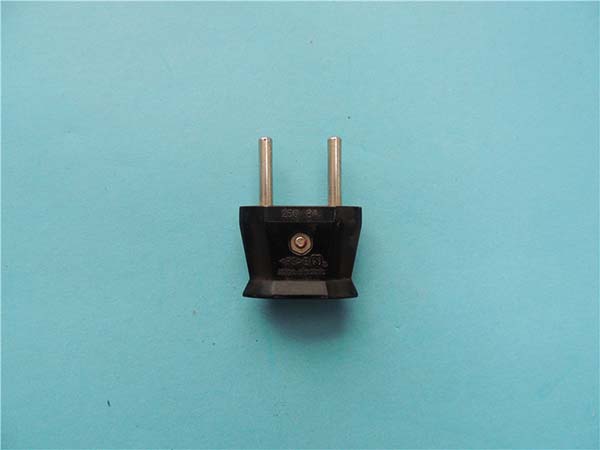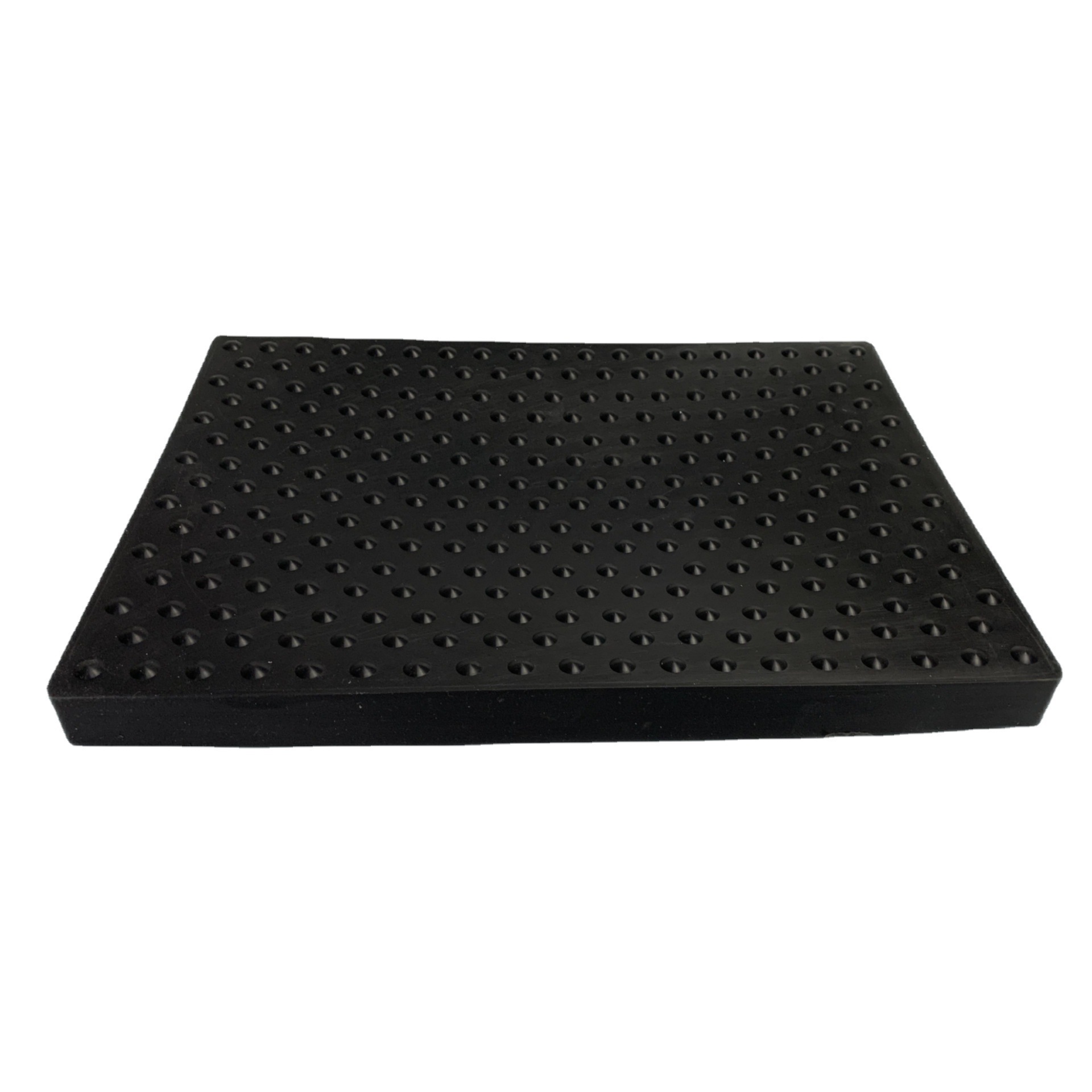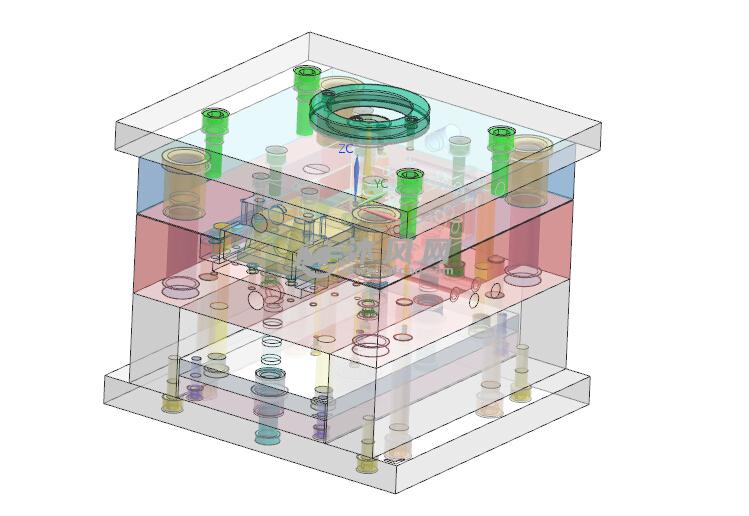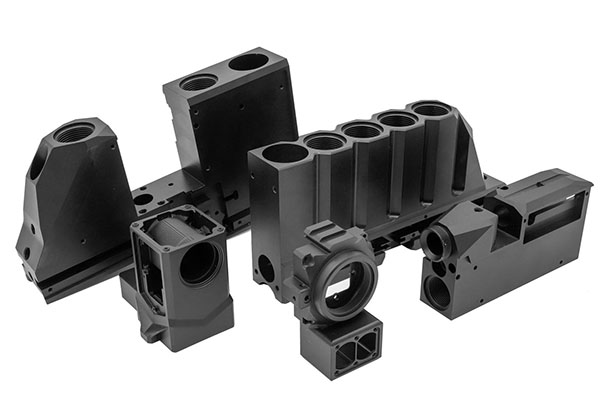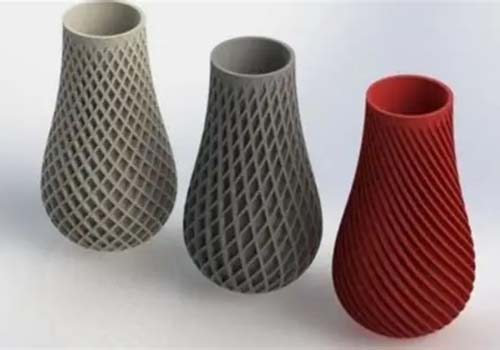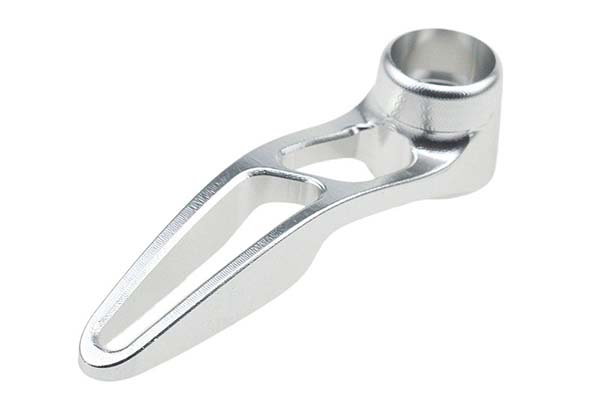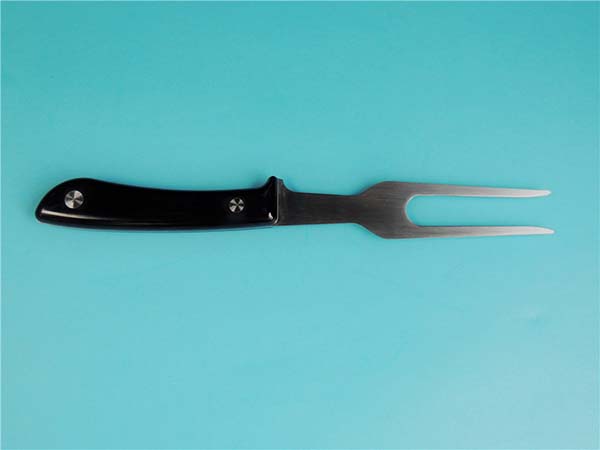What is Affordable Metal 3D Printing?
Affordable metal 3D printing refers to the process of creating three - dimensional objects from metal materials at a cost - effective price point. It's a technology that has been revolutionizing various industries, making metal additive manufacturing accessible to a wider range of businesses and individuals.
In traditional manufacturing, producing metal parts often involves complex processes such as casting, forging, and machining. These methods can be time - consuming, require expensive tooling, and generate a significant amount of waste. Metal 3D printing, on the other hand, builds parts layer by layer directly from a digital model. This additive process reduces waste, as only the necessary amount of material is used.
The concept of "affordable" in this context means that the cost of the 3D printers, the metal materials, and the overall production process are reasonable and competitive compared to traditional manufacturing methods. For example, some entry - level metal 3D printers now cost as low as \(10,000 - \)20,000, while high - end industrial models can range from $100,000 to several million dollars. The affordability also extends to the cost per part. As technology advances, the cost of metal powders (a common material for 3D printing) has been gradually decreasing.
This affordability is crucial for several reasons. Small and medium - sized enterprises (SMEs) can now afford to adopt metal 3D printing technology. They can produce prototypes quickly, test their designs, and make modifications without the high costs associated with traditional prototyping methods. In the automotive industry, for instance, SMEs can use affordable metal 3D printing to create custom engine parts or brackets for testing new vehicle designs.
Moreover, affordable metal 3D printing promotes innovation. Students, hobbyists, and independent inventors can experiment with metal designs, which was previously only possible for large companies with deep pockets. This has led to the development of unique and creative metal products that might not have been feasible otherwise. For example, in the jewelry industry, designers can now use affordable metal 3D printing to create intricate and customized metal jewelry pieces, opening up new market opportunities.
Key Considerations for Affordable Metal 3D Printing
Printer Selection
When it comes to affordable metal 3D printing, choosing the right printer is crucial. There is a wide range of metal 3D printers available in the market, from entry - level models suitable for hobbyists and small - scale prototyping to high - end industrial - grade machines for large - scale production.
Entry - Level Printers: These are more budget - friendly, with prices starting from around \(10,000 to \)20,000. For example, some desktop - sized metal 3D printers use technologies like metal - wire extrusion or binder jetting. They usually have a relatively small build volume, perhaps around 100 - 200 cubic centimeters. While they may not offer the highest precision (with an accuracy of around ±0.2 - 0.5mm), they are great for getting started with metal 3D printing, making small prototypes, or for educational purposes.
Mid - Range Printers: Priced between \(20,000 and \)100,000, mid - range metal 3D printers offer better performance. They often use more advanced powder - bed fusion technologies. These printers can achieve higher precision, with an accuracy of around ±0.05 - 0.2mm. Their build volumes are typically larger, ranging from 200 - 1000 cubic centimeters, making them suitable for small - to medium - sized production runs, such as manufacturing small metal parts for the automotive or electronics industries.
Industrial - Grade Printers: At the high - end of the spectrum, industrial - grade metal 3D printers can cost $100,000 to several million dollars. They are designed for large - scale, high - volume production. These printers have large build volumes, sometimes up to several cubic meters, and can achieve extremely high precision, down to ±0.01 - 0.05mm. They are used in industries like aerospace, where high - quality, complex metal parts need to be produced with strict tolerances.
When choosing a printer, consider factors such as your budget, the size of the parts you need to print, the required precision, and the production volume. If you are a small business just starting with metal 3D printing and only need to make small prototypes occasionally, an entry - level printer might be sufficient. However, if you plan to produce large quantities of high - precision metal parts, an industrial - grade printer would be a better investment in the long run.
Material Choices
The choice of metal materials for 3D printing also plays a significant role in the overall cost and the quality of the final product. Here are some common metal materials used in 3D printing and their characteristics:
| Material | Cost per Kilogram | Applicable Scenarios |
| Stainless Steel | \(5 - \)20 | Widely used in the automotive, medical, and food industries. For example, 316L stainless steel is highly corrosion - resistant, making it suitable for surgical instruments and food processing equipment. |
| Titanium Alloy | \(30 - \)100 | Ideal for aerospace and medical applications due to its high strength - to - weight ratio and excellent biocompatibility. Titanium 6Al - 4V is commonly used in aircraft engine components and artificial joint replacements. |
| Aluminum Alloy | \(3 - \)10 | Popular in the aerospace and automotive industries for its lightweight properties. AlSi10Mg, for instance, is often used to print lightweight yet strong parts like aircraft brackets and automotive engine components. |
| Tool Steel | \(8 - \)30 | Used for manufacturing tools and molds. It has high hardness and wear - resistance, making it suitable for applications such as injection molds and cutting tools. |
Stainless steel is relatively affordable and offers good corrosion resistance and mechanical properties. It is a popular choice for a wide range of applications. Titanium alloy, on the other hand, is more expensive but is essential for applications where strength, low weight, and biocompatibility are crucial. Aluminum alloy is lightweight and cost - effective, making it suitable for applications where weight reduction is a priority. Tool steel is used when high hardness and wear - resistance are required.
Post - Processing Costs
After the metal 3D printing process, post - processing is often necessary to achieve the desired final product quality. Here are some common post - processing steps and their cost implications:
- Support Removal: If the 3D - printed part had support structures during printing, they need to be removed. This can be done manually or using tools like wire - cut EDM (electrical discharge machining). Manual removal is cheaper but more time - consuming, while wire - cut EDM can be more accurate but also more expensive, especially for complex geometries. The cost can range from a few dollars for simple parts to hundreds of dollars for very complex ones.
- Sanding and Polishing: These processes are used to improve the surface finish of the printed part. Sanding involves using abrasive materials to remove surface roughness, and polishing further smoothens the surface to a high - gloss finish. The cost depends on the size of the part and the level of finish required. For small parts, the cost might be around \(10 - \)50, while for large industrial parts, it can be several hundred dollars.
- Heat Treatment: Heat treatment is used to improve the mechanical properties of the metal, such as hardness, strength, and toughness. This process involves heating the part to a specific temperature and then cooling it at a controlled rate. The cost of heat treatment includes the energy cost, the cost of the heat - treatment equipment, and any specialized atmospheres (such as inert gases) required. For a small batch of parts, the heat - treatment cost can be \(50 - \)200, and for large - scale industrial production, it can be much higher.
Post - processing costs can significantly impact the overall cost of metal 3D printing. However, they are essential for ensuring that the final product meets the required quality standards.
Comparison with Other Printing Methods
When considering manufacturing metal parts, it's essential to compare affordable metal 3D printing with other traditional methods. Here's a detailed comparison between metal 3D printing, traditional metal casting, and mechanical machining in terms of cost, precision, production cycle, and material waste:
| Aspect | Affordable Metal 3D Printing | Traditional Metal Casting | Mechanical Machining |
| Cost for Small - Batch Production (e.g., 1 - 100 parts) | Low. No need for expensive tooling. The cost is mainly for the printer, materials, and post - processing. For example, printing 50 small stainless - steel parts with an entry - level 3D printer might cost around \(500 - \)1000, including materials and basic post - processing. | High. Requires molds, which can be expensive to create. For the same 50 small parts, the cost of mold making could be \(2000 - \)5000, plus material and labor costs. | High. Each part is machined individually, consuming a lot of labor and time. The cost for 50 parts could be \(1500 - \)3000. |
| Cost for Large - Batch Production (e.g., 1000 + parts) | Higher than traditional methods in some cases. As the quantity increases, the cost - per - part advantage of 3D printing may decrease, but it can still be competitive for complex parts. | Low. The cost of the mold is spread over a large number of parts. For 1000 parts, the cost per part could be significantly lower, around \(5 - \)15 depending on the material and part complexity. | Can be relatively low for simple parts due to economies of scale, but for complex parts, the cost may still be high. For 1000 simple parts, it could be \(8 - \)20 per part. |
| Precision | Varies by printer type. Entry - level printers: ±0.2 - 0.5mm; Mid - range printers: ±0.05 - 0.2mm; High - end industrial printers: ±0.01 - 0.05mm. | Moderate. Usually has an accuracy of around ±0.5 - 1mm, which may require additional machining for high - precision applications. | High. Can achieve very high precision, often down to ±0.01 - 0.001mm, especially with advanced CNC machines. |
| Production Cycle for Small - Batch | Short. Can produce parts in a few hours to a few days, depending on the complexity and the printer's speed. | Long. The mold - making process can take weeks, and then the casting and post - processing add more time. For small - batch production, it could take 2 - 4 weeks. | Moderate. Machining each part takes time, but without the need for mold - making. It might take 1 - 2 weeks for small - batch production. |
| Production Cycle for Large - Batch | Longer than traditional methods in some cases, but can be optimized with multiple printers or large - scale industrial printers. | Short once the mold is made. High - volume production can be completed relatively quickly. | Can be optimized for high - volume production with automated machining processes. |
| Material Waste | Low. Only uses the amount of material required to build the part, with minimal waste. Material utilization can be up to 95% in some cases. | High. Excess material is often left over from the casting process, and the material utilization rate is usually around 30% - 60%. | High. Machining often involves removing a significant amount of material, resulting in a low material utilization rate, typically around 20% - 50%. |
From the comparison, it's clear that affordable metal 3D printing has its unique advantages, especially for small - batch production, complex part designs, and when material waste reduction is a priority. However, for large - scale production of simple parts, traditional methods may still be more cost - effective.
Yigu Technology's View
As a non - standard plastic metal products custom Supplier, Yigu Technology sees great potential in affordable metal 3D printing.
In the custom - making process, metal 3D printing technology significantly helps in cost reduction. For instance, by eliminating the need for expensive molds in traditional manufacturing, it cuts down on upfront tooling costs. When producing custom - designed metal parts, the ability to directly print from a digital model means that there's no waste from complex machining processes, reducing material costs.
Moreover, the efficiency is greatly enhanced. Traditional methods often involve multiple sequential steps and long lead times. With metal 3D printing, parts can be produced in a relatively short time, especially for small - batch custom orders. This allows Yigu Technology to quickly respond to customer demands and shorten the overall production cycle.
Finally, metal 3D printing enables the fulfillment of special customer needs. It can create complex geometries that are difficult or impossible to achieve with traditional manufacturing methods. Whether it's for creating unique prototypes or custom - made end - use products, the technology provides the flexibility to meet diverse design requirements. In conclusion, affordable metal 3D printing is a powerful tool that Yigu Technology highly values in its custom - making services.
